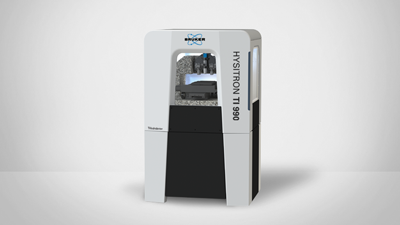

Nanomechanical Characterization of Battery Materials in a High Purity Environment
Nanomechanical testing methods to characterize battery materials
Battery performance degradation over time is contingent on chemical and mechanical changes at material interfaces. This degradation can be better understood by using nanomechanical (nanoindentation) testing, though such testing must be performed in high-purity environments due to the reactive nature of battery materials.
The techniques and case studies presented in this webinar inform researchers how to best quantify highly localized mechanical degradation using a nanomechanical test system, enabling the development and integration of new materials for next-generation batteries.
Webinar Summary
Batteries are ubiquitous in our modern life. These batteries, however, begin to degrade in performance with each charge-discharge cycle. This performance degradation is often a result of chemical and mechanical changes at the interfaces. Understanding and controlling these changes is necessary to further increase energy density, number of charge-discharge cycles, and safety while decreasing cost and weight.
The webinar provides an overview of nanoindentation techniques for characterizing the mechanical properties of battery materials. Nanomechanical testing expert David Vodnick (Bruker) discusses the importance of testing in a high-purity environment using a nanoindenter integrated with a glovebox. High-purity testing allows for characterization of reactive surfaces important for battery development and failure analysis.
Vodnick covers common failure modes in batteries and shows how they can be studied through mechanical property characterization. Techniques to perform such characterization include nanoindentation, particle compression, and property mapping. Vodnick demonstrates these techniques for materials like lithium foil, coated anodes, and cathode particles. He also discusses additional considerations, such as the effects of cycling, temperature, and roughness on mechanical properties.
Find out more about the technology featured in this webinar or our other solutions for Nanomechanical Characterization of Battery Materials:
Featured Products and Technology
Speakers
David Vodnick
NI Product Line Manager, Bruker

